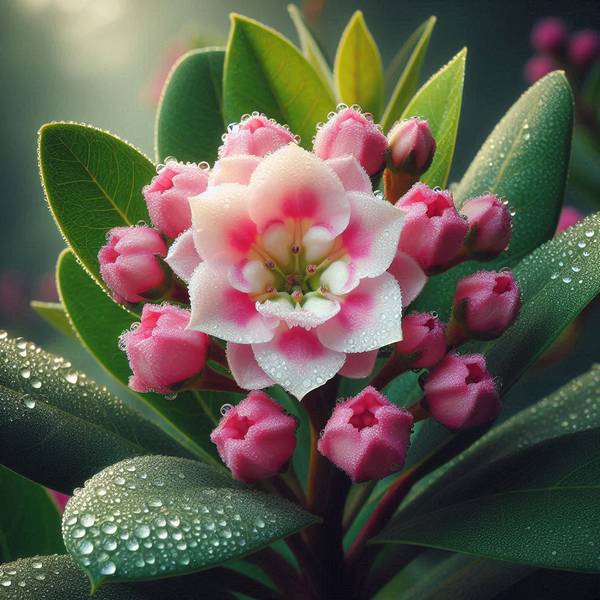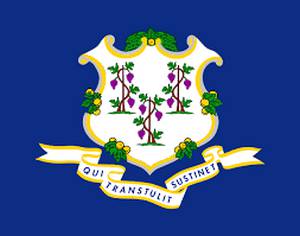History of Mountain Laurel as the State Flower
The story behind Mountain Laurel's designation as the State Flower of Connecticut is a tale of natural beauty and state pride. In 1907, this vibrant, evergreen shrub was officially chosen due to its native prevalence across the state's woodlands and its captivating blossoms. Its delicate pink and white flowers not only symbolize Connecticut's scenic charm but also its enduring spirit. Mountain Laurel embodies the state's resilience and vitality. Over the years, it has become an iconic emblem, celebrated in festivals and cherished by residents, a living testament to Connecticut's rich natural heritage.
The Cultural Importance of Mountain Laurel
The Cultural Importance of Mountain Laurel goes beyond its stunning blooms. For generations, this beautiful flower has held a special place in the hearts of Connecticut residents. Its intricate, star-shaped petals symbolize beauty and strength. Native American tribes used its branches for crafting tools, further enhancing its cultural significance. In the 20th century, it was designated as Connecticut's state flower, reflecting its enduring importance. Today, it graces artwork, literature, and even local festivals, showcasing its deep-rooted cultural value. Its presence in gardens and parks continues to connect people with Connecticut's natural heritage, making it an emblem of pride and tradition.




